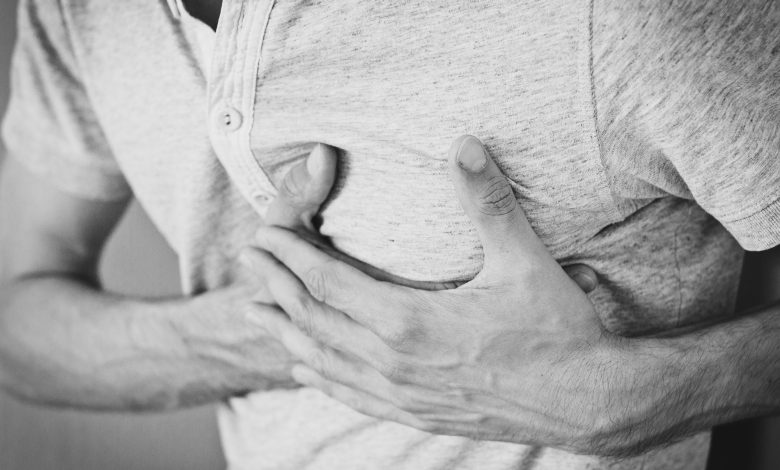The Essential Steps for Providing Heart Attack First Aid

While you hope no one in your life ever gets one, heart attacks are a reality.
If you or a loved one is having a heart attack, you need to get help fast. Yet lives can be saved even when it’s happening.
You might be thinking, “This isn’t happening to me.” If you read this whole article, it just might. So keep reading to learn what to do and how to respond to heart attack first aid to someone you love or a friend or stranger.
Recognizing the Signs of a Heart Attack
Some of the most common signs include sudden chest pain, feeling faint, sweating, or feeling very hot or cold. Additionally, people may experience pain or ache in their arms, back, neck, or jaw, nausea, and shortness of breath.
If an AED is available, it should be used as soon as possible. Care should be taken to ensure the person is given support and comfort to help reduce stress and maintain good blood flow to the heart. If possible, provide the person with a small dose of aspirin to help prevent additional blood clots.
Acting Quickly and Dialling 911
Time is of the essence, and the most important thing you can do is dial 911 immediately. This is paramount, as you can provide the best possible care through a swift response from medical professionals. Ask the operator for medical advice, describing the victim’s symptoms in as much detail as possible.
If a bystander is available, ask them to stay with the person suffering the heart attack, reassuring them and staying on the line with emergency services until help arrives. Ensure the person is comfortable, remains calm, and stays with the victim until help arrives.
Administering CPR
Providing CPR is a vital step in providing first aid for heart attack victims. It is crucial to begin chest compressions immediately. Ensure an individual is lying flat on the floor, with their heels slightly elevated and their head slightly backward.
Place your hands on the center of the chest, one hand on the other, and begin chest compressions. The rate should be at least 100 compressions per minute, and each chest press should be no less than 2 inches deep.
Continuously do this until EMS arrives or further intervention is available. If necessary, someone else can be present to help. CPR is invaluable in reviving victims and helping them receive proper medical attention.
To perform CPR and save many lives, you must get CPR certification; visit MyCPR NOW to learn how to be certified.
Minimizing Potential Complications
If an automated external defibrillator is available, use it after adequately assessing the patient’s condition. Stay with the patient and continue providing support until medical professionals arrive. Properly performing these essential steps during a heart attack can help minimize potential complications and save a life.
Heart Attack First Aid Must Be a Top Priority
Providing heart attack first aid to someone is critical and can be life-saving. Therefore, it’s highly recommended that everyone learn these essential steps of heart attack first aid. Take the time now to educate yourself so you can be prepared for the future.
